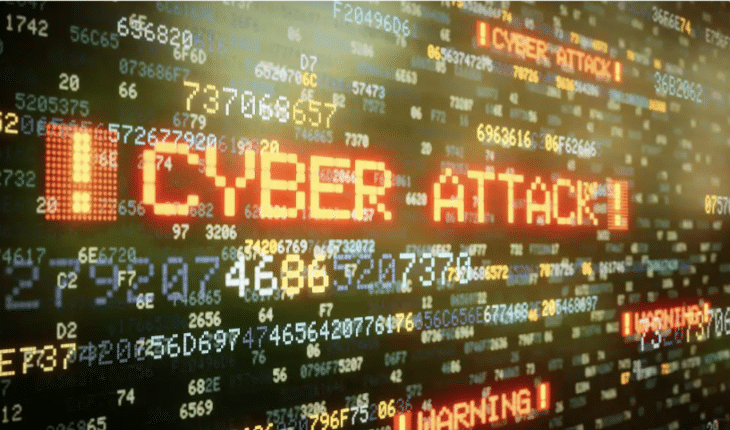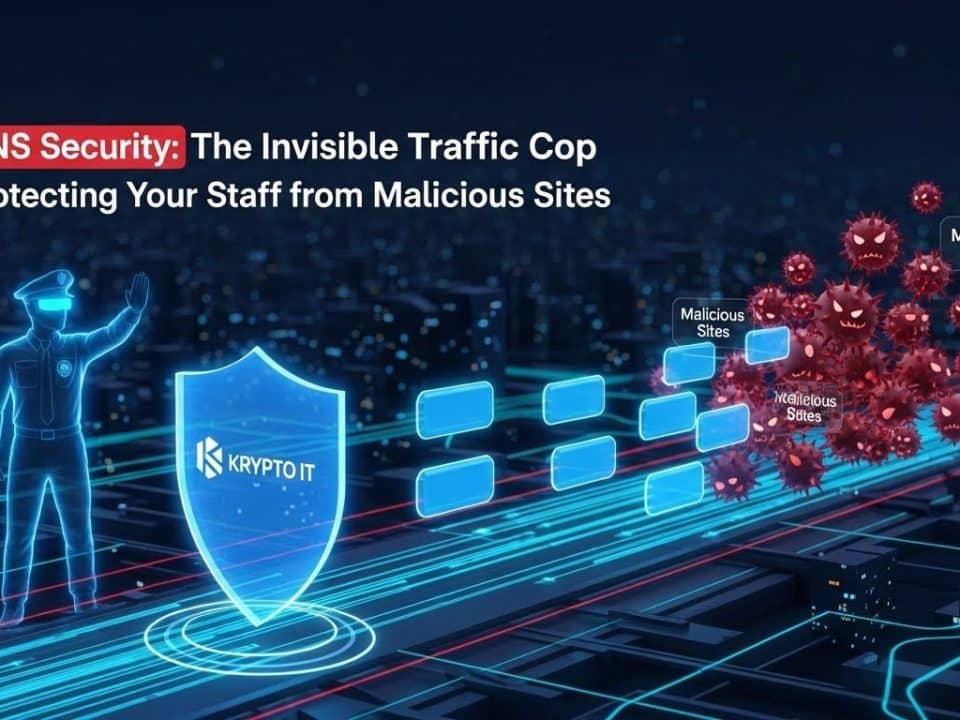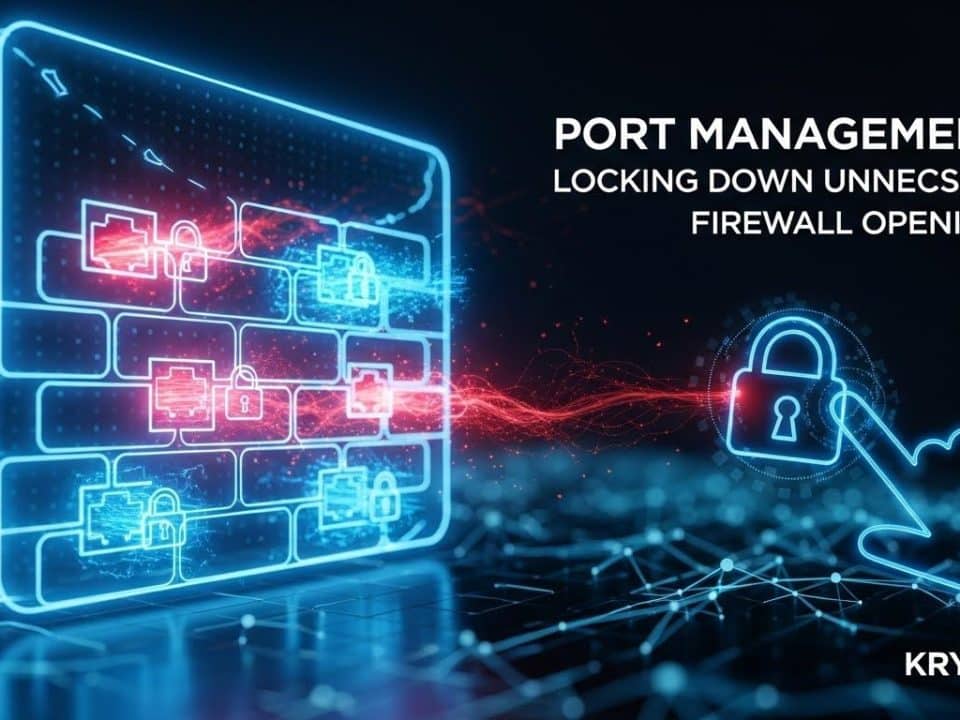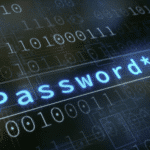
Navigating the Digital Landscape with Confidence: Strengthening Password Policies
November 30, 2023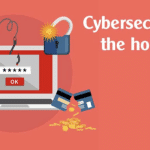
Deck the Halls with Bows (and Firewalls): Your Guide to Cyber Safety This Holiday Season
December 4, 2023The ever-evolving digital landscape brings with it a growing sophistication of cyber threats, demanding a heightened level of vigilance and preparedness from organizations and individuals alike. As cybercriminals refine their techniques and exploit emerging technologies, it’s crucial to stay ahead of the curve and implement robust cybersecurity measures.
The Rise of Double Extortion and Secure-Delete Style Threats
Cybersecurity experts anticipate a surge in double extortion tactics, where attackers not only encrypt sensitive data but also threaten to leak it publicly if the ransom demand is not met. This dual-pronged approach adds immense pressure on victims, increasing the likelihood of hefty payouts.
Another emerging trend is secure-delete style extortion, where attackers exfiltrate files, erase them from victims’ hard drives, and then offer to restore the data in exchange for a ransom. This method adds an element of complexity and desperation, making it more challenging for organizations to recover their data without paying the attackers.
The Impact of Advanced Technologies on Cyber Threats
The advancement of technologies like artificial intelligence (AI) and machine learning (ML) is empowering cybercriminals to develop more sophisticated attack methods. AI-powered tools can automate repetitive tasks, analyze vast amounts of data to identify vulnerabilities, and even generate personalized malware.
Meanwhile, ML algorithms are being used to predict human behavior and craft highly targeted phishing campaigns. These advancements underscore the need for organizations to adopt AI-driven security solutions that can detect and respond to threats in real time.
The Expanding Attack Surface: Critical Infrastructure and Remote Work
The expanding attack surface poses a significant challenge to cybersecurity professionals. Critical infrastructure, such as power grids, transportation systems, and healthcare facilities, is increasingly interconnected and vulnerable to cyberattacks. Disruptions to these critical services could have devastating consequences.
Furthermore, the rise of remote work has expanded the attack surface beyond traditional corporate networks. Employees working from home may use personal devices and connect to unsecured networks, increasing the risk of data breaches and malware infections.
Strategies for Combating Evolving Cyber Threats
To effectively combat the evolving landscape of cyber threats, organizations should adopt a multi-layered approach that encompasses prevention, detection, and response.
Prevention:
- Implement robust access controls and multi-factor authentication (MFA) to restrict unauthorized access to sensitive data.
- Regularly update software and firmware to patch vulnerabilities that attackers could exploit.
- Educate employees on cybersecurity best practices, including phishing awareness and password hygiene.
Detection:
- Deploy advanced threat detection and monitoring tools to identify suspicious activity and potential intrusions early on.
- Utilize SIEM (Security Information and Event Management) solutions to correlate data from various sources and gain visibility into potential threats.
- Conduct regular vulnerability assessments and penetration testing to identify and remediate weaknesses before they are exploited.
Response:
- Establish incident response plans and procedures to effectively handle security breaches and minimize damage.
- Maintain backups of critical data to enable recovery in case of a ransomware attack or data loss.
- Engage with cybersecurity professionals and law enforcement agencies to investigate and prosecute cyberattacks.
As cyber threats continue to evolve in sophistication and scope, organizations must adapt their cybersecurity strategies to stay ahead of the curve. By implementing a comprehensive approach that emphasizes prevention, detection, and response, organizations can effectively protect their valuable data and assets from increasingly sophisticated attacks.
#cybersecurity #cyberattacks #threatdetection #incidentresponse #ransomware #doubleextortion #securedelete #criticalinfrastructure #remotework #AI #ML #phishing #malware

